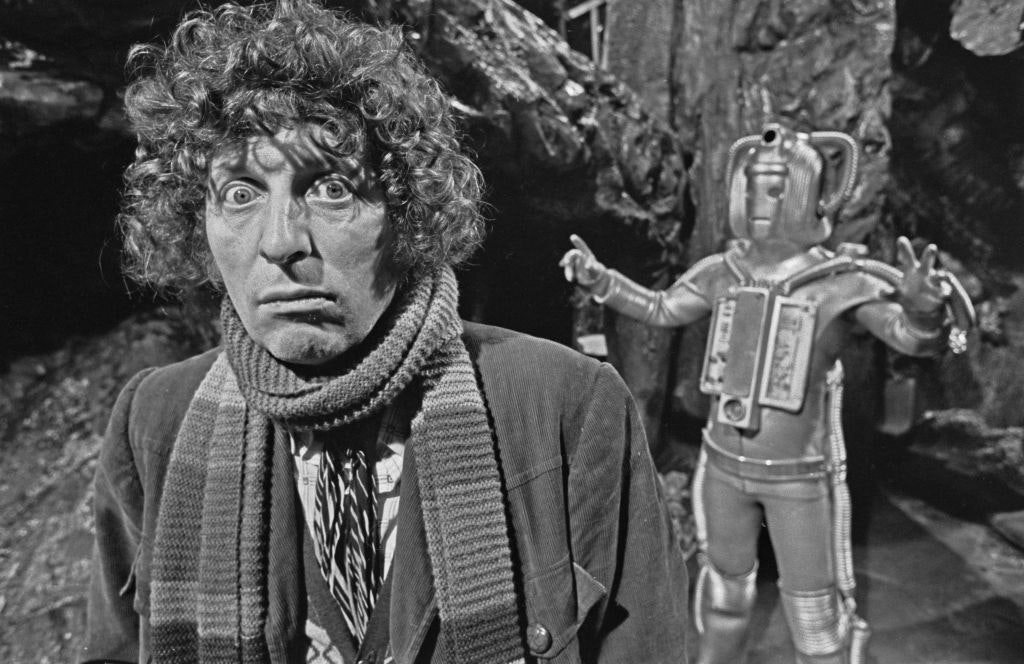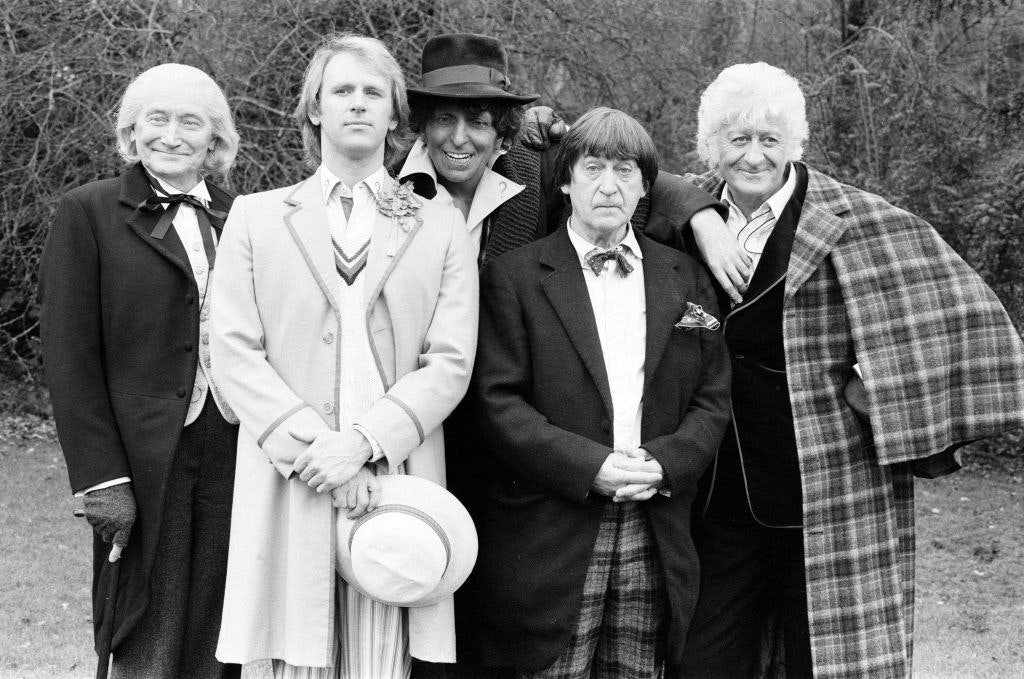The Doctor has become deeply embroiled in a battle he can’t win — the culture war
Time does weird things as you get older. Just ask Doctor Who. It seems only yesterday (it was 2023) that a returning Russell T Davies was saving the ageing show from ratings oblivion — with the help of a budget injection from Disney+.
As the second run of this revival materialises on Saturday nights — with more of a whimper than an unearthly wheezing, groaning sound — the big story is that this series looks certain to be the last for the foreseeable. Doing the media rounds to talk up the show, the usually ebullient Davies has appeared curiously downbeat.

“There might be a pause, and during that pause, [young viewers] will grow up a few years and start writing stories and they’ll bring it back,” he told BBC’s Newsround.
The official word is that no decision will be made until the current series has aired, but Davies appeared to be speaking from a future where the show had already been put on ice. The next day, news broke that star Ncuti Gatwa was committed to the theatre for 2025 and likely beyond (ruling him out of a new series of Who).

How did Whovians end up in this worst of possible timelines? Some will argue the show isn’t scary, funny or engaging enough for children raised on Fortnite and YouTube. The truth is that the Doctor has become deeply embroiled in a battle he can’t win — time wars are one thing, but there is no winning the culture war.
By virtue of having a lead character who can be literally anybody, Who is almost uniquely vulnerable to the culture wars. Who the Doctor is now seems less important than what the Doctor is — and which identity group he or she represents.
This sort of identity politics has latterly become an increasingly toxic front of the culture war. The abrupt failure of Disney Who highlights a shifting in the cultural sands, away from hollow representation and a tendency for pop culture to lecture its audience. In short, people seem tired of the culture wars.
“Literally no one cares about any of this guff,” former show runner Steven Moffat told The Times at Christmas. “You know, maybe a few fatuous media lovers like me … but check the bus queues and restaurants in Britain. Go and listen outside the living rooms. Do you think they’re talking about any of this bloody crap?”

Clearly nobody told Davies, who spent most of his press rounds for the past series gleefully stoking that conflict. When he wasn’t telling off the audience for wanting a monstrous and iconic villain to still look monstrous and iconic, he was berating them for not noticing all the characters in one story were white — “you’re part of the problem.”
Even a massive Disney budget couldn’t sugarcoat those poison pills, despite the show working hard to win hearts. Casting rising star Ncuti Gatwa — best known for Netflix hit Sex Education — was an inspired attempt to lure his young fans back to a creaky show. And certainly the scripts have aimed to make Gatwa’s Doctor as cool and approachable as possible.
Unable to compete with glitzy imports, Who once had to be the cleverest, funniest and scariest prime time drama
Gone is the alien (weird!) and intellectual (yawn!) adventurer in his anti-fashion threads (cringe!) and in his place is a sexy young man (swoon!) who emotes relentlessly, snogs other sexy young men and wears a succession of painfully chic outfits.
There is always a risk that updating a folk hero will strip a character of his core values. The Doctor has forever been a champion of free thought, speech and action, while the show has traditionally held a mirror up to society without seeking to alienate its audience. This, as creator Sydney Newman understood, is the purpose of science fiction stories — “they’re a marvellous way — and a safe way, I might add — of saying nasty things about our own society.”
By contrast, modern Who and its fans seem to revel in alienating the “wrong” sort of people (see writer Gareth Roberts and actor James Dreyfus, to name two). It doesn’t help that allegory has gone out of fashion in modern science fiction. Creators — and their fans — fear being misunderstood, in case any ambiguity emboldens the enemy. What was once subtext (those “nasty things”) is now the main text and often directed bluntly at a diminishing audience.
The Who faithful will say that, in our streaming age, ratings don’t matter. Nobody watches broadcast TV. Except when they do. The show has been sliding out of the mainstream since Peter Capaldi was in the TARDIS, but viewers still tend to return in droves when they expect it to be good — both Jodie Whittaker and David Tennant 2.0 drew in big crowds who didn’t always stick around. People will still watch TV if it stops telling them (and turning them) off.
The Disney deal was designed to help the show find modern audiences where they lived, with the mouse dollars ensuring the program looked like it belonged alongside the streaming big hitters. But there is a universe in which slashed budgets work to the show’s advantage. We’ve seen it before.
Unable to compete with glitzy imports, Who once had to be the cleverest, funniest and scariest prime time drama on a budget soap operas would pity. It found a loyal audience not by pandering, but by treating its viewers with enough intelligence to imagine a rustling sheet of foil could bring a world to its knees. Likewise, it dared to imagine young viewers could admire or identify with an eccentric gentleman adventurer dressed for the Edwardian revival, whose one superpower was being smarter than everyone else.

Every fan has a theory on how to fix the show — mine would be to dare to go for suspense and smarts over spectacle. Encourage young viewers — who will always hate a lecture — to lean in, rather than away. Trade expensive faux cinematic scale for thrifty domestic folk horror. What we don’t see can scare us more.
This kind of TV does still exist. Overnight ratings for the 2023 edition of A Ghost Story for Christmas — made on a shoestring budget and shown in the very definition of a graveyard slot — were comfortably of a piece with those of Who’s most recent run. Variety claims 1.75 million viewers tuned in for the Christmas midnight creepfest, whereas the first episode of its minted peer’s new season barely broke 2 million in a sweet Saturday evening spot.
As the BBC attempts to navigate diminishing budgets, it could learn a thing or two from that graveyard slot. Small can be beautiful and, maybe, we can tolerate programming that dares us to pay attention, instead of assuming we need instruction. Likewise, there is value in art that takes us away from our present moment and its suffocating value system. Good television need not be a manifesto. It can sometimes just be good television. And, in 2025 of all years, maybe we could all do with some high quality escapism.







